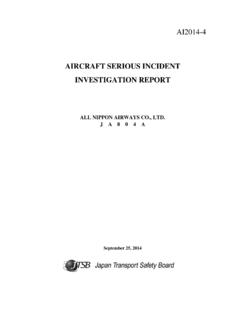Transcription of The SAFER Matrix: A New Scoring Methodology
1 The SAFER matrix : A New Scoring MethodologyProject REFRESH (see related articles on pages 3 and 5), the joint commission s multiphase process improvement project, includes a transformative approach for identifying and communicating risk levels associated with deficiencies cited during surveys. This Survey Analysis for Evaluating Risk ( SAFER ) approach provides orga-nizations with additional information related to risk of deficiencies to help prioritize and focus corrective actions. The development of this approach was driven by the joint commission s focus on providing its accredited and certified organizations with an on-site and post-survey experience that allows the organization to see areas of noncompliance at an aggregate level one that shows significant components of risk analysis including the likelihood to harm and the scope of a cited June 6, 2016, psychiatric hospitals that use joint commission accreditation to meet the Centers for Medicare & Medicaid (CMS)
2 Deemed status requirements will be provided with a SAFER matrix (shown on page 3) within their Accreditation of Survey Findings Report. All other accreditation and certification programs will begin receiving this matrix in their reports after January 1, to Harm and Scope of Cited DeficienciesThe SAFER matrix replaces the current Scoring Methodology , which includes Category A and Category C as well as direct and indirect impact elements of perfor-mance (EPs). In place of using those predetermined EP categorizations, surveyors will perform a real-time, on-site evaluation of deficiencies, placing each one within the SAFER matrix according to the likelihood of the issue to cause harm to patients, staff, or visitors and according to how widespread the problem is based on surveyors observations (that is, the scope).
3 A single observation could reveal a wide-spread problem, such as a general failure to perform recommended high-level disin-fection or proper storage of endoscopes. Combined, these characteristics give a more clearly defined sense of the risk of Continued on page 3 PRPage 1 joint commission Perspectives , May 2016, Volume 36, Issue 5 Copyright 2016 The joint Commissiona deficiency. As the risk level of a deficiency increases, the placement of the standard and EP moves from the bottom left corner (lowest risk level) to the upper right (highest risk level).
4 The SAFER matrix shown at right demonstrates the placement of an EP at the intersection of the likeli-hood to harm a patient, staff, and/or visitor and the scope of the deficiency. In this example, a surveyor placed Environment of Care (EC) Standard , EP 1, in the row Mod-erate, as it was determined (based on the deficiency observed) that it could occasionally cause harm to a patient, visitor, or staff member, and in the column Pattern, as the issue was noted multiple times throughout the survey and could impact a few or some people and/or on Scoring and Post-Survey Follow-upReplacing the Scoring model will also result in changes to post-survey follow-up activities.
5 As a result of the elimination of the A and C designations, Opportunities for Improve-ment (single observations of noncompliance at Category C EPs) will no longer exist. All observations of noncompliance will be documented within the matrix . In addition, Measures of Success (MOS), quantifiable measures typically related to an audit determining whether an action is effective and sus-tained for certain Category C EPs, will no longer be submission time frame for Evidence of Standards Compliance (ESC) will also change because EPs will no longer be identified as direct impact (with 45 days for submission) or indirect impact (with 60 days for submission).
6 Instead, all cited deficiencies will be assigned a single time frame of 60 days for corrective action. For deficiencies of a higher risk-level in the matrix , additional information will be required within the ESC regarding sustainment of corrective actions. The higher risk deficiencies also will be provided to surveyors for possible review or on-site validation on subsequent note that, while Immediate Threats to Life (ITLs) will be noted with the SAFER matrix , the identifica-tion and follow-up process for ITLs will not change.
7 The joint commission will provide additional targeted, specific information to psychiatric deemed hospitals in prepa-ration for the June 6, 2016, launch of the SAFER matrix . All other accreditation and certification programs will receive information throughout the remainder of the year in prepara-tion for their January 1, 2017, launch. Questions may be directed to your organization s assigned Account Executive. PPROJECT REFRESH: The SAFER matrix (continued)Continued from page , EP 1 Page 3 joint commission Perspectives , May 2016, Volume 36, Issue 5 Copyright 2016 The joint Commissio
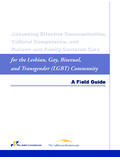
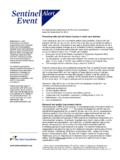

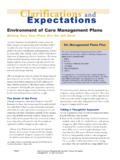
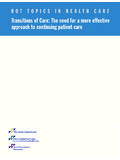
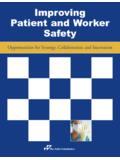
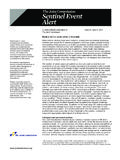
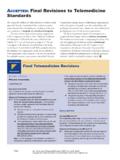
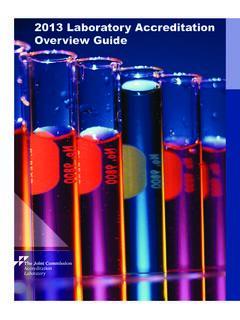
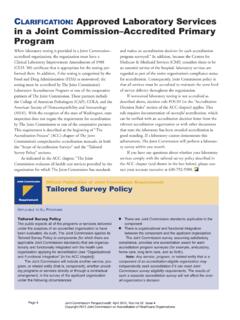

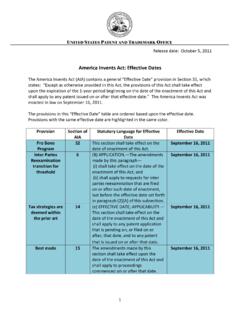


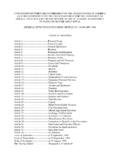
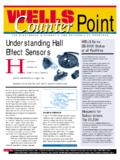
![Acquired [Seller] 23 January 2018 Germany GEA Group AG ...](/cache/preview/9/8/a/a/8/b/d/0/thumb-98aa8bd0a0013efe1cbe17d4a05a2d50.jpg)
